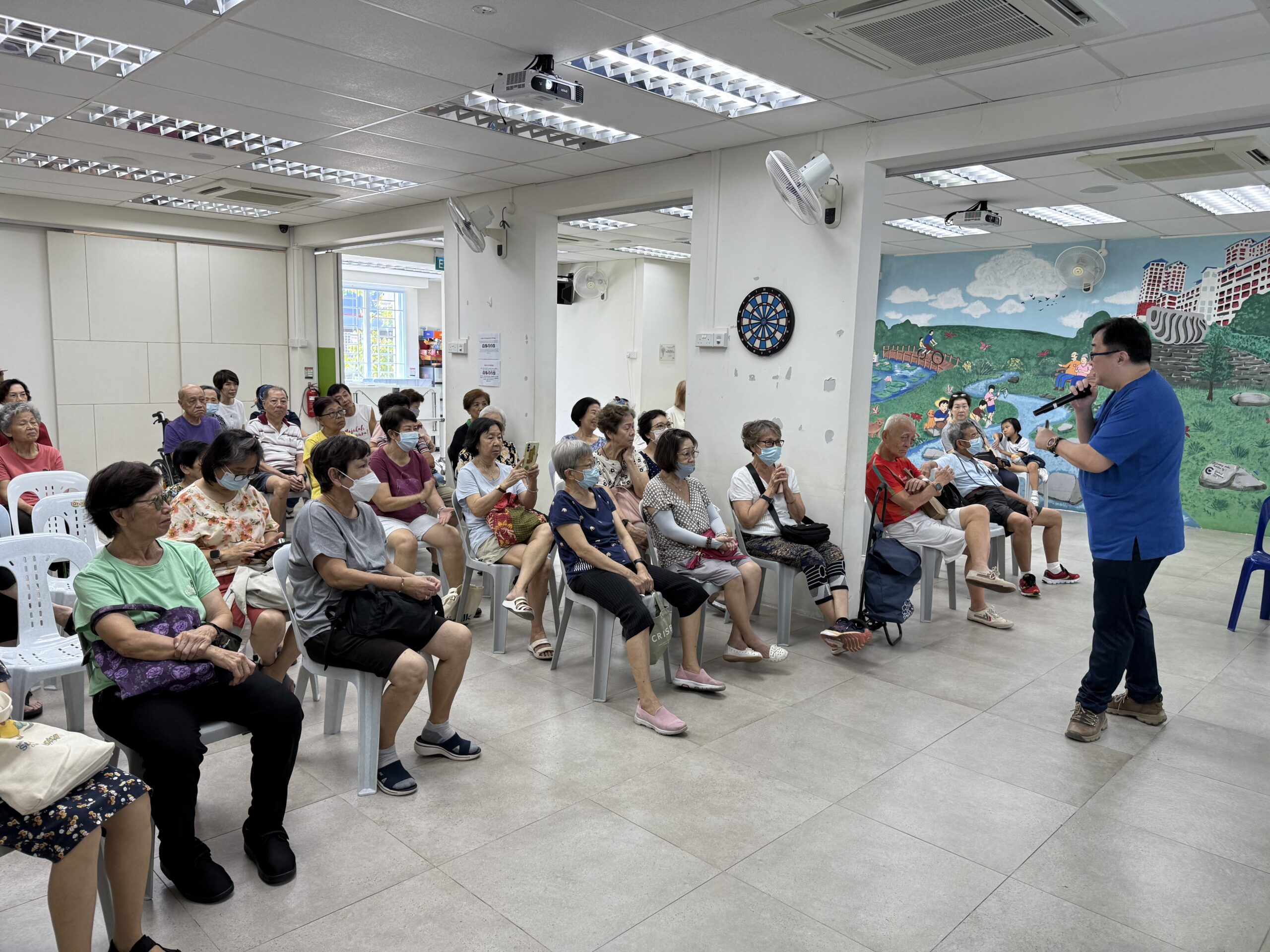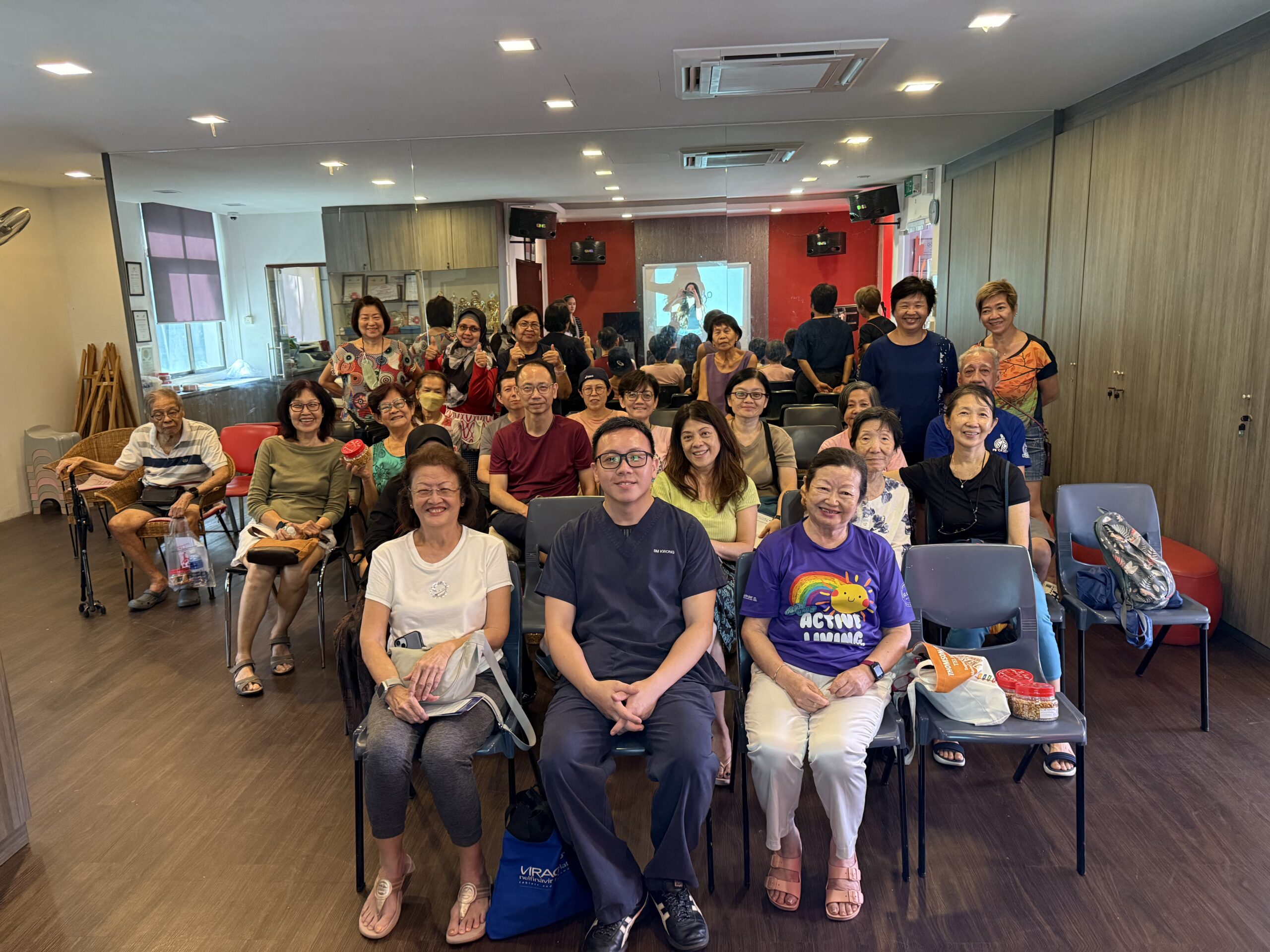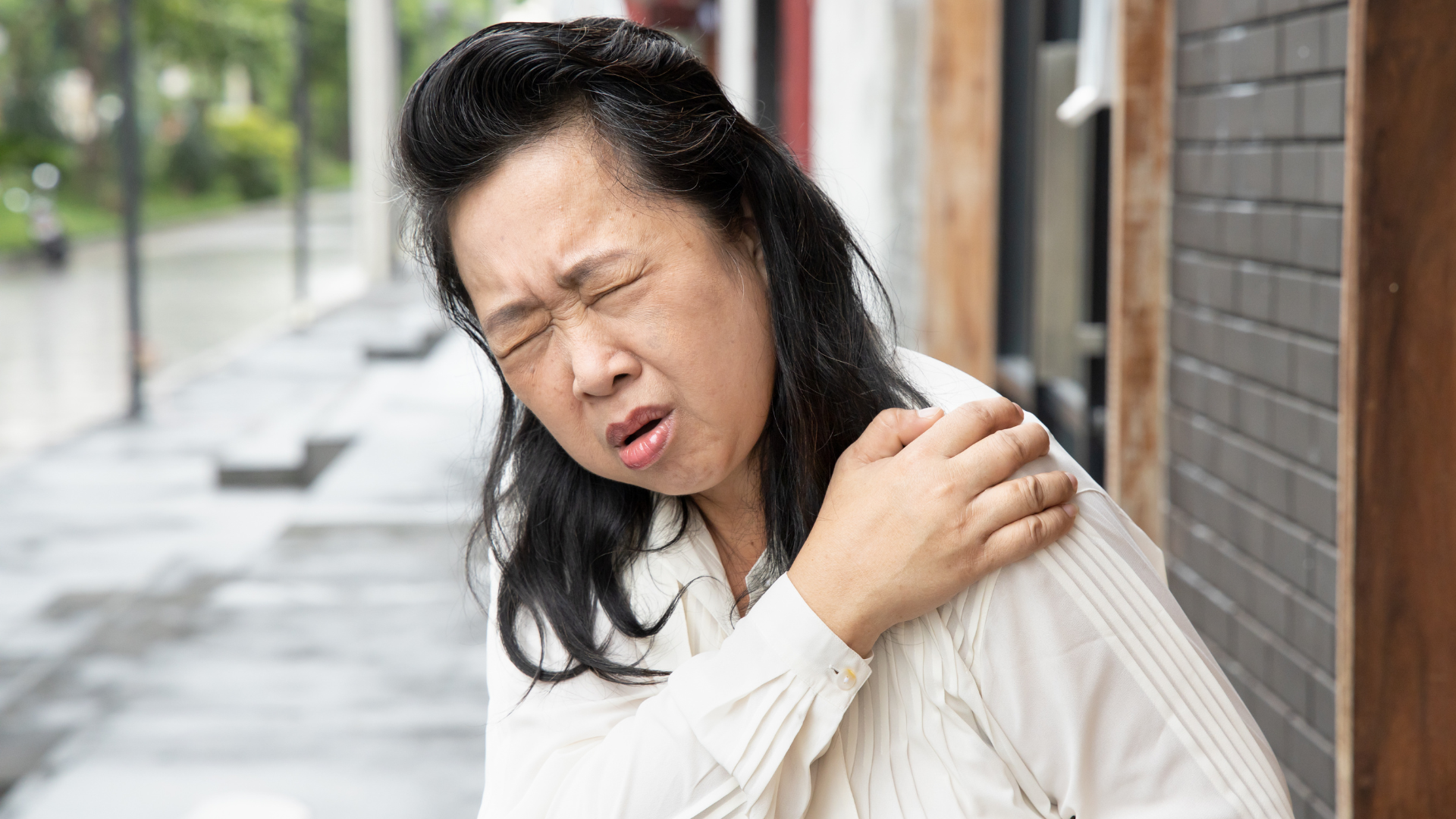
CONTENTS
Back pain, particularly in the lower back, has become increasingly prevalent. When left untreated, this common pain condition can interrupt your daily routine and affect your quality of life.
Acupuncture, an ancient Chinese therapy, has gained popularity as a well-researched method for managing this type of pain. By using thin needles to stimulate specific points on the body, acupuncture aims to relieve discomfort and promote overall healing.
Key Takeaways
- Acupuncture is a popular complementary therapy specifically targeting back pain relief.
- It provides a non-invasive option for pain relief, often enhancing outcomes when combined with conventional treatments.
- Research supports acupuncture’s effectiveness in reducing back pain and improving function.
- Acupuncture aims to restore the balance of Qi, promoting relaxation and improved circulation.
Common Causes of Back Pain
Treatment for back pain varies based on the underlying causes and symptoms, which often involve several contributing factors. Pain can range from a dull constant ache to a sudden sharp shooting pain. Some may also be accompanied by numbness and pain that radiates down the legs. Here are some common causes of back pain:
Sprain & Strains: Over-stretching or twisting of muscles, joints, ligaments
Poor posture for long periods, improper lifting techniques of heavy objects, and participating in strenuous physical activities can strain the back muscles and spine, resulting in back pain. This can cause micro-tears, inflammation and pain. Repetitive bending or twisting will also increase your risk of back sprain & strains.
Degeneration of discs with age (Slipped Disc):
Intervertebral discs act as cushions between the vertebrae in the spine. With age, these discs can lose their elasticity and hydration, making them more susceptible to wear and tear. This degeneration can lead to conditions like disc herniation or a slipped disc, where the inner gel-like substance of the disc protrudes out, pressing on nearby nerves and causing pain.
Pressure on Nerves
The spine houses the spinal cord, from which various spinal nerves emerge to supply different parts of the body. Any condition that exerts pressure on these nerves can lead to pain. Common causes include herniated discs, bone spurs, or spinal stenosis (narrowing of the spinal canal). The pressure on the nerves can result in sharp, shooting pains, often radiating to other parts of the body, such as the legs in the case of sciatica.
Sciatica
Sciatica pain travels along the sciatic nerve, extending from the lower back down to the legs. It may be caused by herniated discs or spinal stenosis, both of which can put pressure on the nerve.
How Acupuncture Works to Alleviate Back Pain
Acupuncture is a part of traditional Chinese medicine (TCM) based on the concept that the body contains a vital energy called “Qi,” which flows along pathways known as “meridians.”
So, how does acupuncture help with back pain specifically? It targets pressure points along the back by inserting needles at various locations that correspond to “energy centers” affecting bodily functions. For lower back pain, acupuncturists may focus on meridians around the hands, hips, lower back, feet, and back of the knees. The needles are placed near specific nerve clusters in these areas, helping to relieve tension, pressure, and pain.
The choice of acupoints varies between acupuncturists, as well as the constitution of the patient. Every patient is different, and even the same patient may have a different constitution on different days. Hence the choice of acupoints will be customized and may be different for different patients,on different visits. Also repeated stimulation on the same acupoints may result in acupoint “fatigue”, and the acupuncturist may cycle through different acupoints over different visits.
There may be patients who feel dramatic improvement after a single session, but many may take more than one session before they notice any improvement. Overall, the time taken to recovery will depend on the energy state of the patient, the choice of acupoints, severity of the underlying condition, and most importantly, if any underlying causes have been addressed and removed. A patient will need to be reviewed if the back pain is still persisting despite conservative treatment for 6 to 12 weeks.
Mechanisms of Acupuncture
There are three main theories on how acupuncture helps alleviate lower back pain:
Neurotransmitter Release: Needle insertion stimulates the release of hormones that regulate nerve endings, reducing pain perception. While this effect is temporary, regular acupuncture can help the body adapt to numb the pain.
Effects on Nervous System: The needles stimulate the nervous system without triggering a full pain response, activating specific trigger points or meridians. This helps the brain focus on these points rather than the painful areas, potentially providing short-term relief, especially with repeated sessions.
Chemical Release: Acupuncture may trigger the release of natural pain-relieving chemicals typically activated during severe trauma. The widespread needle effects enhance the chances of these chemicals being released, offering pain relief.
What to Expect During an Acupuncture Session
When you arrive for acupuncture, the session begins with a thorough check-up. The acupuncturist will first gather your health history and assess your symptoms, including the areas where you feel pain. This helps them create a personalised pain treatment plan.
Initial Consultation and Assessment
The first step involves discussing your health in detail. The Doctor will ask about your health concerns, daily routines, and any previous treatments you have tried. This conversation helps them understand how best to assist you.
Overview of the Acupuncture Session
A typical acupuncture session lasts about an hour. During this time, the Doctor will use between 5 to 20 sterile needles, placing them in specific locations based on your earlier discussion. The needles usually remain in place for 10 to 15 minutes. Some practitioners may gently move the needles or apply a mild electric current for added effectiveness. Most people only feel a slight pinch, and the experience is generally not painful. Afterward, you might feel relaxed or even more energised, though individual responses can vary.
What if Conservative Treatments Do Not Work?
When conservative treatments like acupuncture and physical therapy aren’t enough, Coreflex injections and PRP therapy could be good additions. Unlike the gradual results from acupuncture and therapy, injections offer swift pain relief.
Coreflex Injections
Coreflex injections involve delivering a mixture of anti-inflammatory medications, local anesthetics, and muscle relaxants directly to the affected area. This targeted approach helps reduce inflammation and alleviate pain, addressing the underlying issues contributing to back pain.
Platelet-Rich Plasma (PRP) Therapy
PRP therapy uses the patient’s own blood to concentrate platelets, which promote healing and tissue regeneration. By injecting this rich solution into the painful area, PRP therapy encourages natural recovery processes, improving symptoms and restoring function.
When to Seek Professional Help
If your back pain hasn’t gotten better after a week of home treatment, or if you have any of the following symptoms, it’s important to get help:
- Persistent or severe pain, especially at night or when lying down.
- Pain that radiates down one or both legs, especially if it goes below the knee.
- Weakness, numbness, or tingling in one or both legs.
- Chronic pain that lasts for 3 months or more, or interferes with life functioning.
- Noticeable swelling or inflammation in the back area.
Conclusion
Acupuncture is a great option for those struggling with back pain and looking for conservative therapies to alleviate pain.This approach does more than ease pain. It helps with improved body functions and wellness. For those with severe back pain cases, minimally invasive treatments such as coreflex and PRP injections can help to treat back pain such as sprains & strains of muscles, ligaments and tendons.
If your back pain is persistent and lasting more than 3 months, pain is an alarm signal that you should seek medical help.
DR+ Medical & Paincare Selegie
Led by Dr. Seah Heap Yong, our Selegie GP clinic provides family medicine, chronic disease management, general paediatrics, men’s & women’s health, medical examinations (maid/employment permit/insurance/student pass), minor surgical procedures, health screening, acupuncture & pain treatments.
Address: 35 Selegie Road, #03-02 Parklane Shopping Mall, Singapore 188307
Contact number: +65 6338 3491



